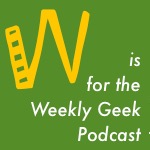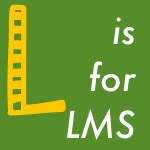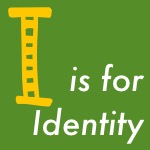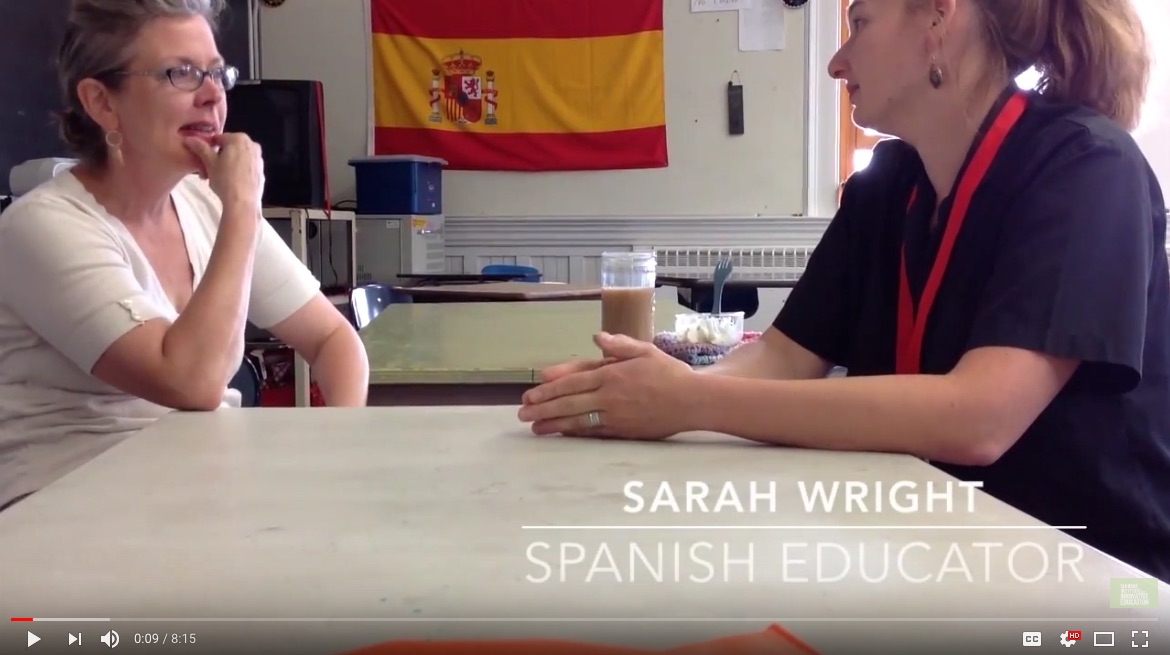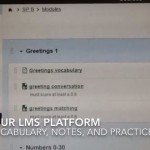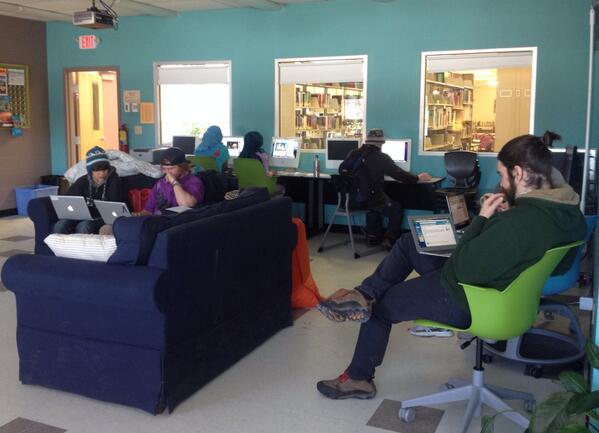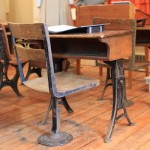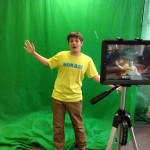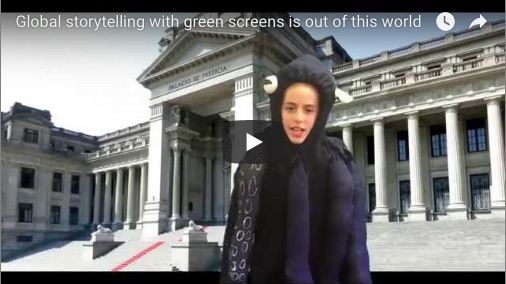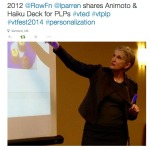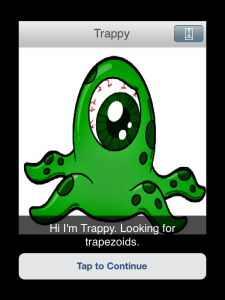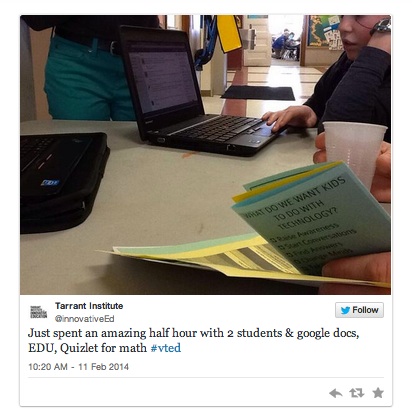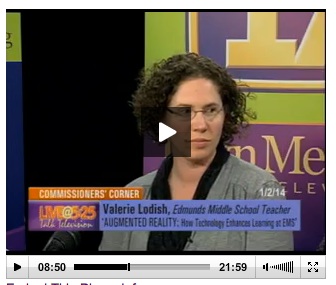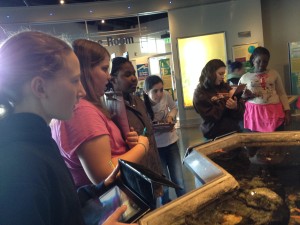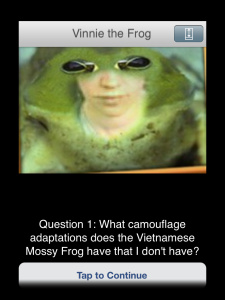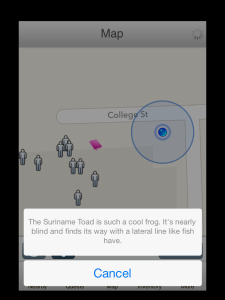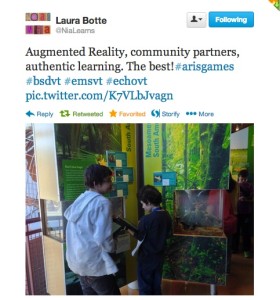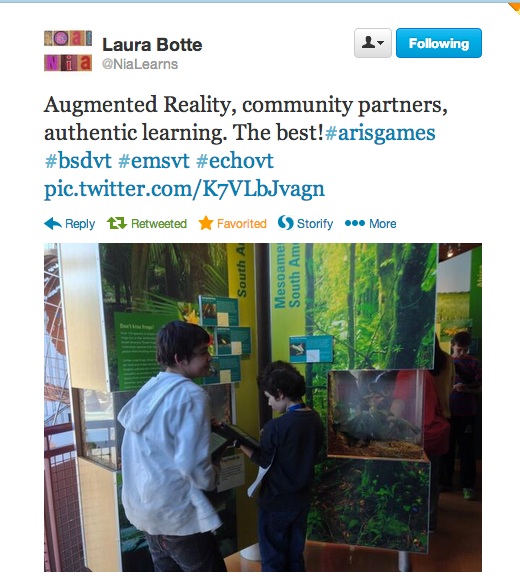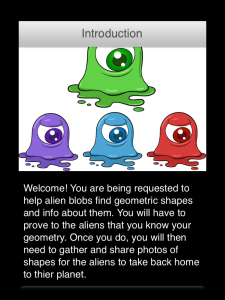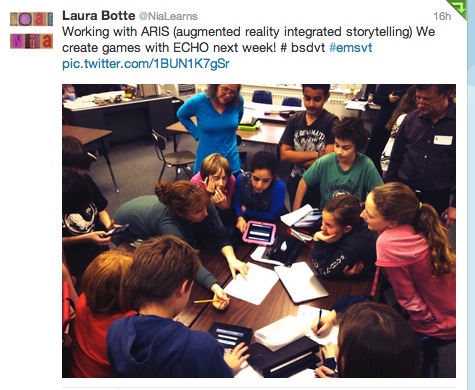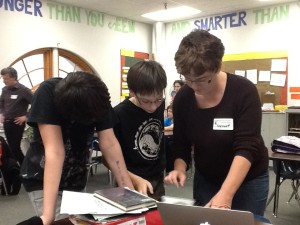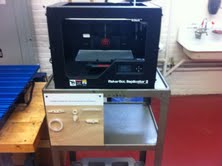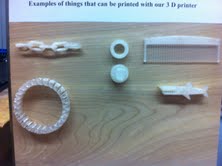When we talk about a student in an intervention meeting, we often start with what is amazing about that student. Teachers and caregivers who know the students deeply rattle off talents, skills, and strengths. These are personal and often show up outside of school. There are so many ways to be smart, creative, and self-directed. We start with the positives, with the assets, then move on to what a student might need that they are not getting. This is called an assets or strengths-based approach, where we are seeing students through an appreciative lens. It is a beautiful and affirming way to start a meeting about a student’s needs.
Imagine you are giving feedback on a friend or student’s writing piece. Would you start with everything that is wrong with it? Or would you start with what was strong about the piece?
Most of us respond better to critical feedback once we’ve heard some warm feedback on our work.
Now, imagine how we start project-based or service-learning projects.
Do we start with establishing who knows what about a community, concept or issue, or do we go straight to the “problem”?
One problem I have with problem based learning is how it focuses on, well, deficits or problems.
Perhaps we might begin by learning what is good, right, and positive.
Assets based pedagogies are certainly not new. They have their roots in several curricular and scholarly movements.
- Critical race methodology “provides a tool to “counter” deficit storytelling” (Solórzano and Yosso 2002, 131). These researchers focus on telling stories that challenge the dominant narratives and seek to fight racism, sexism, and classism. Kim Morrision, in her article, Informed Asset-Based Pedagogy: Coming Correct, Counter-stories from an Information Literacy Classroom, shares that the foundation of assets-based pedagogy are rooted in the work of W. E. B. DuBois, Carter G. Woodson, Zora Neale Hurston, Geneva Gay, and Gloria Ladson-Billings. These authors and researchers used critical race theory to explore people’s lived experiences, especially those that had been pushed to the margins and silenced.
- Hip hop pedagogy, summarized in this Edutopia post by Joquetta Johnson, is another approach that has foregrounded and validated the experiences of youth in historically marginalized and underserved communities. This approach is rooted in what Gloria Ladson-Billings introduced as Culturally Responsive Pedagogy, which helps students accept, validate and affirm their cultural identities.
An assets-based approach is not new, but it can be easy to forget in the work of designing service and project-based learning experiences.
As educators, we want to engage students in genuine problems and help them solve them.
In our excitement, we may fail to consider background knowledge, the local context, and an exploration of what is going RIGHT.
Coupled with the negativity bias that can plague humans of any age, but sometimes more specifically early adolescent students, the results can be… dare I say it.. problematic.
Students can confirm negative stereotypes, develop biases, and “other” those they are seeking to help.
I’m reminded of the quote by Hazel Edwards: “nothing about us without us is for us.” These concerns drove me to take another look at our project-based learning and service learning templates. I wondered, what might be missing? And while in my earlier writings about service learning, I encouraged teachers to look for local knowledge, and to connect with the deep well of community when planning service learning, there was no equivalent of that in the project-based learning templates and work.
Updated project-based learning template
So the template needed a spot for students and teachers to explore the assets and knowledge of the issues, community, and context before seeking solutions or improvements before diving into looking to improve conditions or solve problems. You can now see that here in the PBL 3.0 (Strength-based PBL) template.
In addition, there is an asset mapping activity linked here, in the service-learning toolkit.
Planning for justice-oriented action
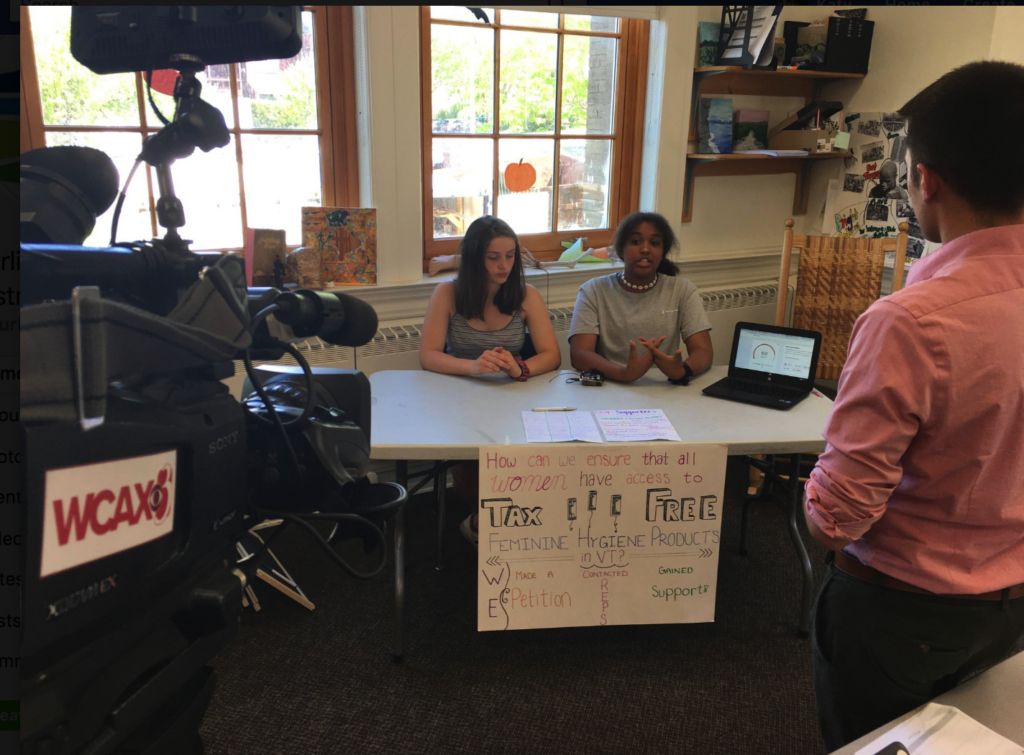
But asset-mapping and approaches aren’t enough.
We need to fully work toward equitable learning environments. Environments where our students’ voices are valued, amplified, and listened to. Environments that include them in decision-making, and project-based learning plans. And these should include a step where students work to find a way to disrupt inequities, challenge dominant narratives, and amplify often unheard voices.
Sharing work with authentic audiences is important, and can increase purpose, motivation, and engagement in students. But if we stop there, are we really working to create more inclusive, equitable policies, procedures, and practices in our schools, communities, country, and world?
Helping students move from authentic sharing to justice-oriented action can help them see their own civic power and agency.
It can support the disruption of inequitable systems, practices and policies. Teaching Tolerance standards include identity, diversity, justice and action and urge meeting these standards across grade levels, including saying, “Students will plan and carry out collective action against bias and injustice in the world and will evaluate what strategies are most effective.”
You’ll see a step in the updated project-based learning template for this here. This provides another opportunity for students to deeply reflect on their actions and plans as well.
It’s easy to rush through projects, lessons, and curriculum, without interrogating potential blind spots and falling into harmful equity traps.
I am thankful to scholars of color who have shown me the importance of grounding any meaningful project work in an assets-based approach, and to work toward creating more equitable communities through our work with students. While this often happens in practice, being intentional in the design phase of powerful pedagogies ensures that students will have a more meaningful opportunities to make significant changes for good in their schools, communities and world.
What does this look like in practice?
Thankfully, Vermont teachers and students are showing us how to make this work.
How to make sure their projects take direct action, for instance. How to make projects work toward justice, equity, and/or shared goals. Like the United Nations Global Goals.
Jeremy DeMink’s middle school students at Edmunds Middle School in Burlington have participated in a Hands-Joined Learning project about social inequities and worked to take direct action to change them. These projects were in partnership with Jessica DeMink-Carthew, an assistant professor at the University of Vermont. Students demonstrated humanities learning targets through their social action projects, written about here by WCAX here. You can read more about the Hands-Joined Learning process in this recently published academic article, or in AMLE magazine for more information.
Check out what teacher Christie Nold and her sixth grade students did to work to disrupt bias and stereotypes and build opportunities for students and teachers to explore their identities. These students designed experiences to make their voices heard. Heard by both teachers at a professional conference *and* by their local school board. This demonstrates not only growth in transferable skills and english language arts standards, but in amplifying student voice in decision-making and educational conferences.
Lastly, the Global Goals inspired service and project-based learning at Burke Town School.
The school launched this project with an asset-based, integrated project called Humans of Burke. In this project, students thought of a local community member they admired. They read up on the person’s work. Then they interviewed them, and created an art block print portraits. A local coffee shop hosted a gallery of the portraits for the community. Affirming, positive, community-based. Quite a place to launch service and project-based learning from!
What do you think?
How can we move our service and project-based learning into a more intentional strength-based and justice oriented experiences?
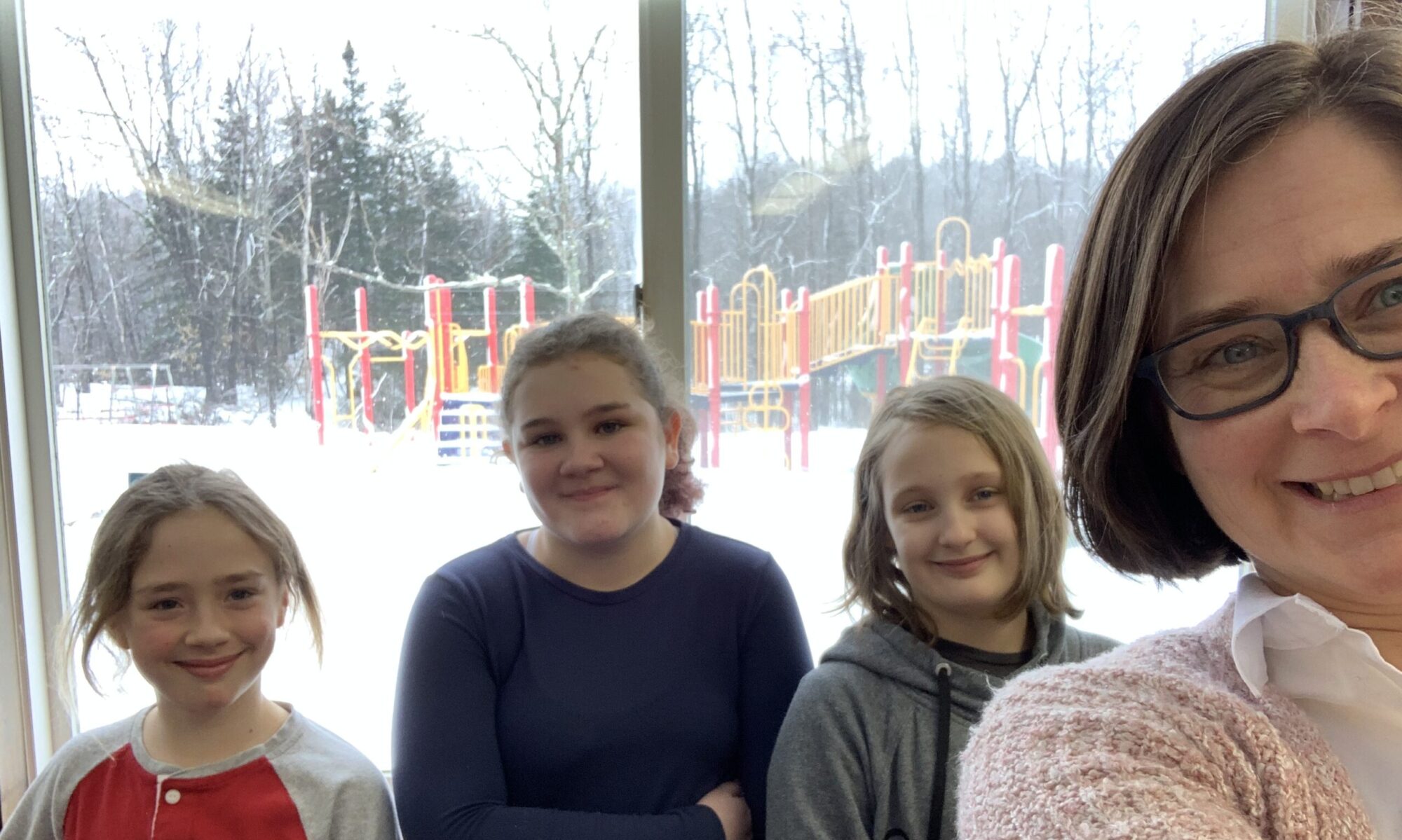

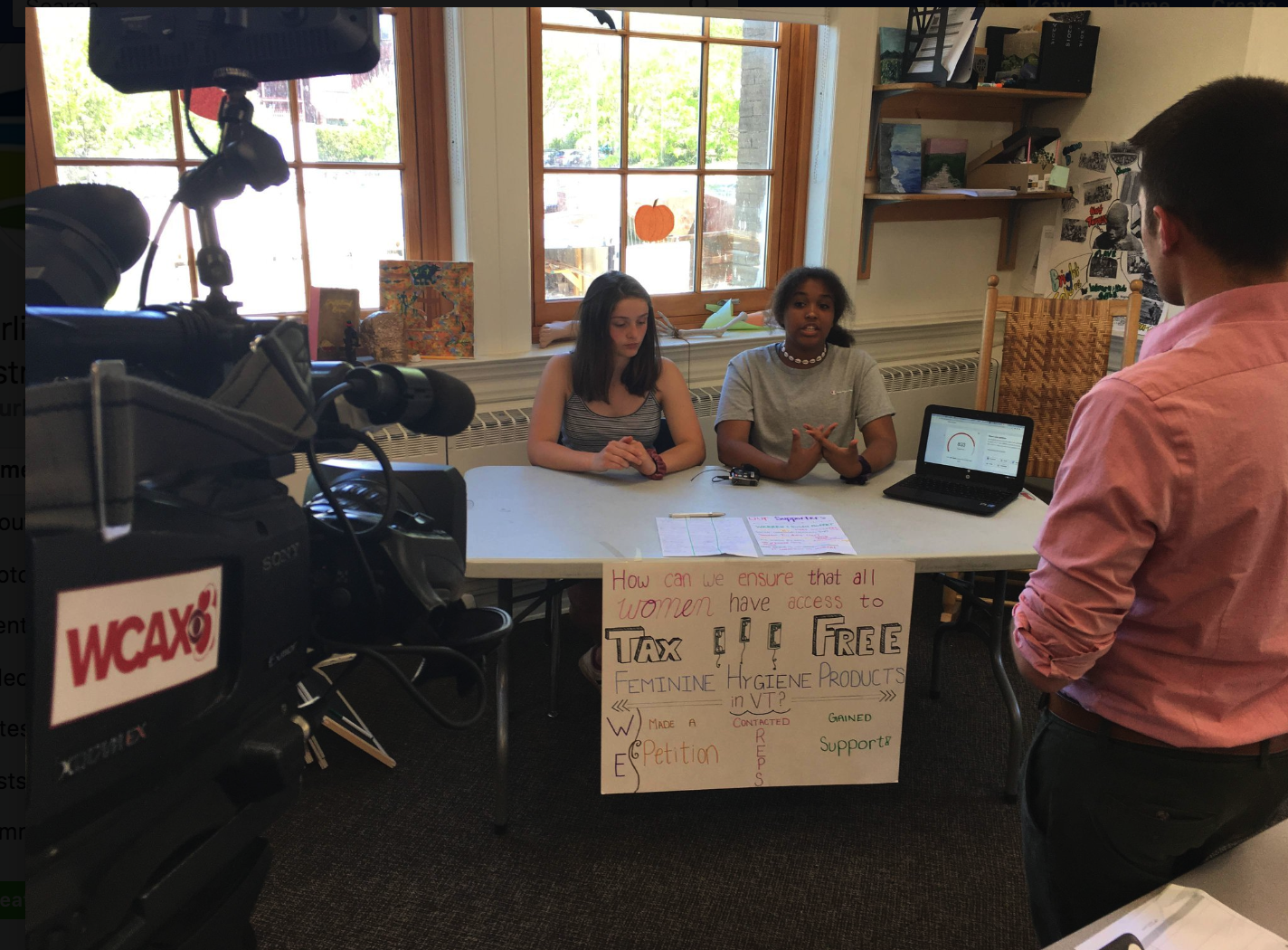
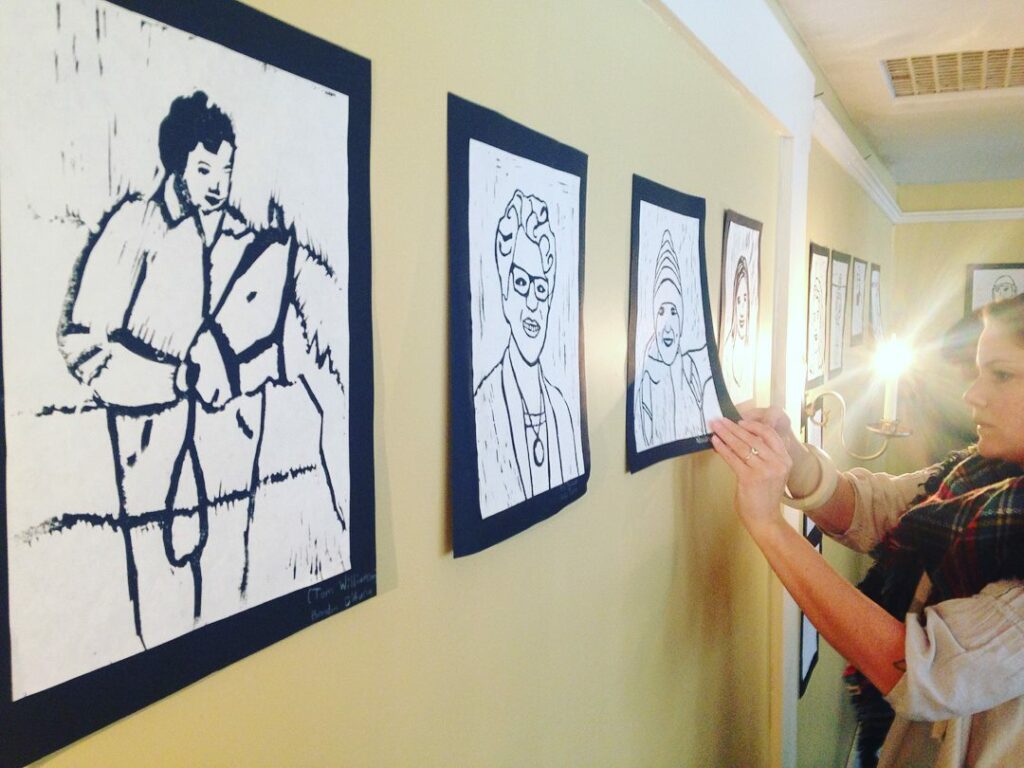
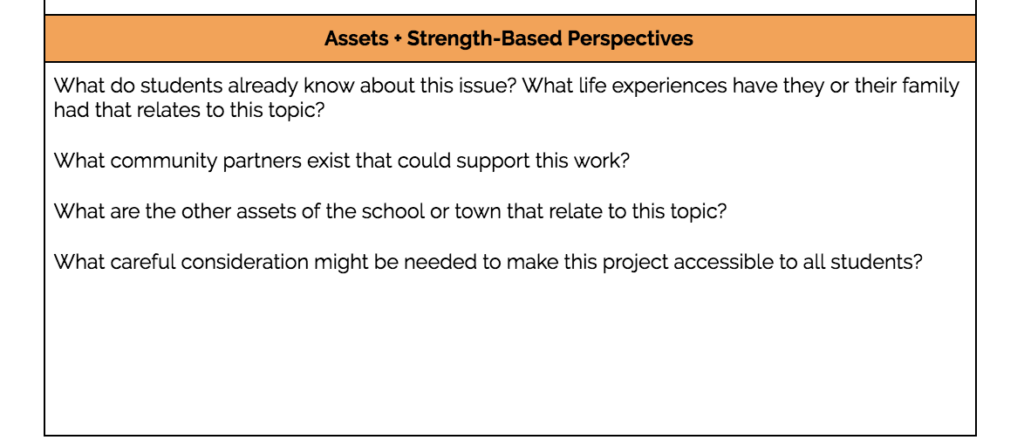

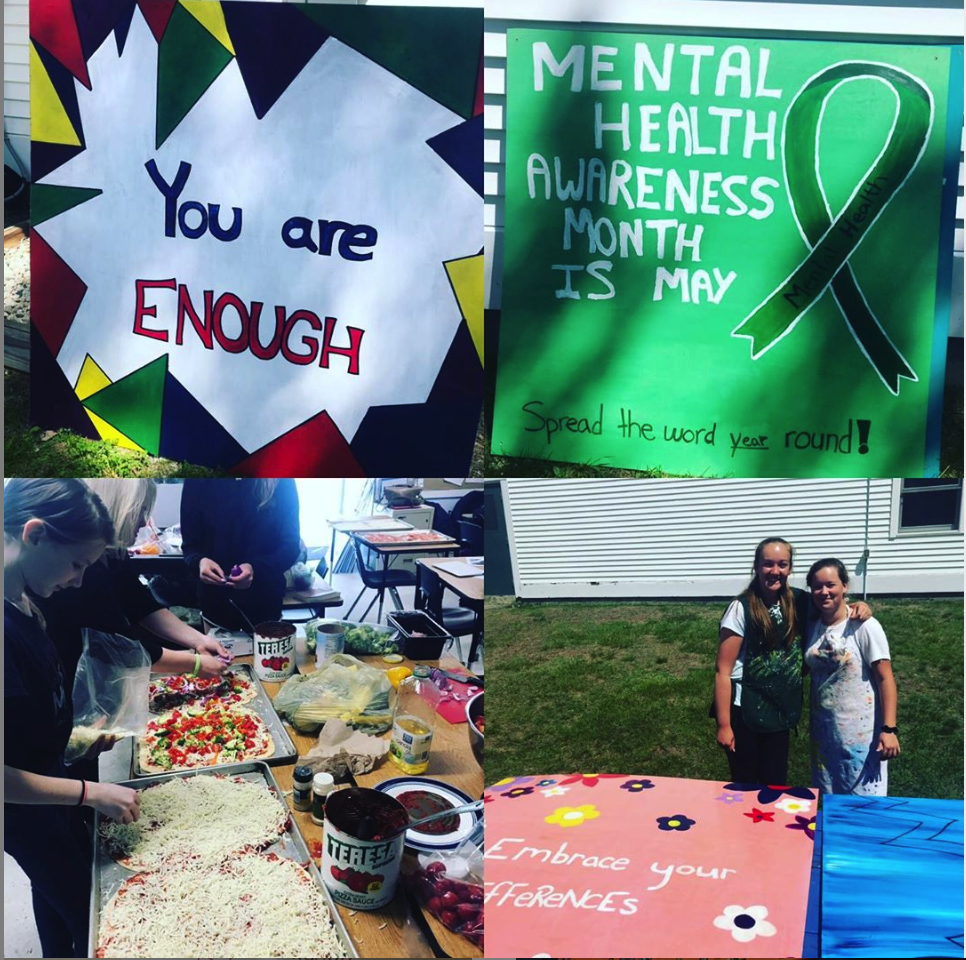
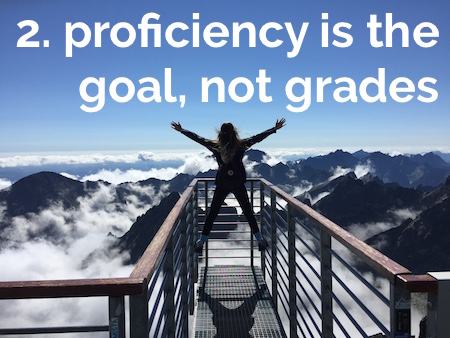
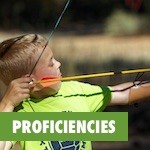
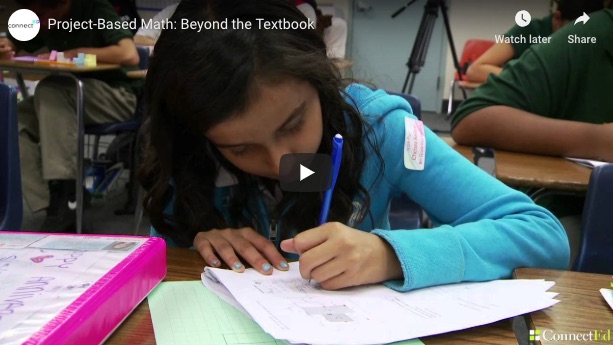
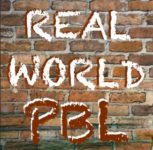 We can move math beyond worksheets and imaginary word problems. Let’s quit making math about sharing made-up apples, fishes or shoes.
We can move math beyond worksheets and imaginary word problems. Let’s quit making math about sharing made-up apples, fishes or shoes.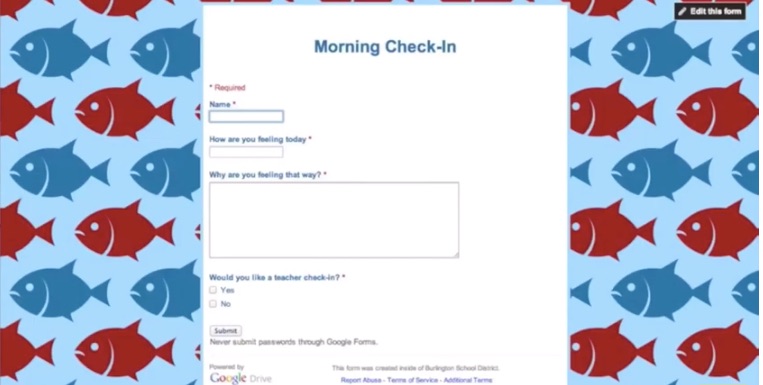
 Laura Botte, a 6th grade math educator at Edmunds Middle School in Burlington VT, was one of four recent recipients of the Presidential Award for Excellence in Mathematics and Science Teaching from Vermont.
Laura Botte, a 6th grade math educator at Edmunds Middle School in Burlington VT, was one of four recent recipients of the Presidential Award for Excellence in Mathematics and Science Teaching from Vermont. Let’s explore how some Vermont teachers are shifting their instruction and assessment practices to move all students toward proficiency. Three different educators have changed the way they assess proficiency in their classrooms. Each has created a way for students to have control over the pacing of instruction and have included students in monitoring progress and growth, using a blended learning environment.
Let’s explore how some Vermont teachers are shifting their instruction and assessment practices to move all students toward proficiency. Three different educators have changed the way they assess proficiency in their classrooms. Each has created a way for students to have control over the pacing of instruction and have included students in monitoring progress and growth, using a blended learning environment.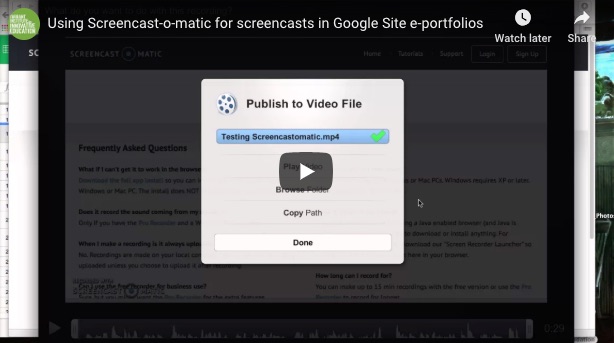
 Many students love working with video. Students can create videos for any subject to show specifically what they’re learning, how they spend their time and to demonstrate proficiency. But it’s not always obvious how you, as an educator, can help students see the connection to specific content areas.
Many students love working with video. Students can create videos for any subject to show specifically what they’re learning, how they spend their time and to demonstrate proficiency. But it’s not always obvious how you, as an educator, can help students see the connection to specific content areas.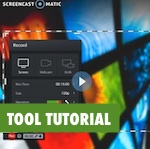 The rate at which technology changes has reached a dizzying speed, with new tools and platforms emerging constantly. But what hasn’t changed is students’ curiosity about the world and their need to explore their own place in it. Young adolescents in particular, burn with the urge to make and personalize. So what does it look like to tap into that urge as it pertains to physical landscapes?
The rate at which technology changes has reached a dizzying speed, with new tools and platforms emerging constantly. But what hasn’t changed is students’ curiosity about the world and their need to explore their own place in it. Young adolescents in particular, burn with the urge to make and personalize. So what does it look like to tap into that urge as it pertains to physical landscapes?